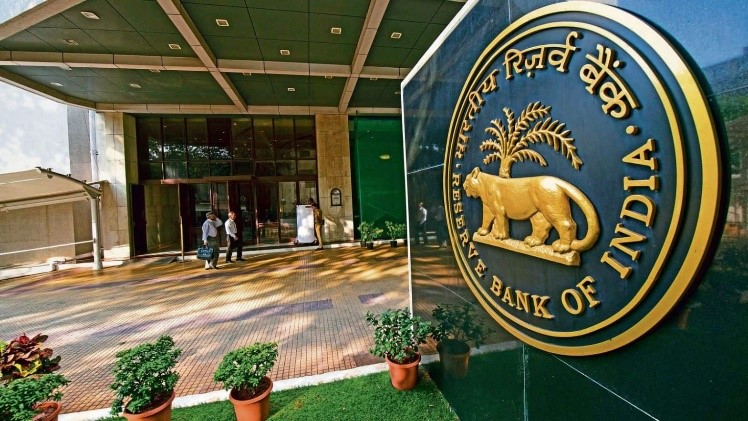Description

Disclaimer: Copyright infringement not intended.
Context
- In FY2023, the Reserve Bank of India (RBI) became a net seller of the US dollar after remaining a net purchaser for three consecutive years.
Details
- It sold $25.52 billion on a net basis in the spot foreign exchange market.
- The sale of dollars by the RBI was aimed to curb the volatility in the rupee, which came under heavy pressure due to the Russia-Ukraine conflict and interest rate hikes by the US Federal Reserve.

Why did the RBI become a net seller of US dollars?
- The RBI’s decision to sell the greenback was to prop up the rupee, which depreciated by almost Rs 6, or 8 per cent, to 82 levels against the dollar as on March 31, 2023, from 76 as on April 1, 2022.
- During the previous fiscal, higher import bills due to a surge in oil prices after the Ukraine war had put pressure on the domestic currency.
- The rupee also declined as foreign investors pulled out money from the domestic market after the US Federal Reserve raised interest rates to check inflation.
- In FY2023, foreign portfolio investors pulled out Rs 37,632 crore from the equity market and Rs 8,937 crore from the debt market.
CURRENCY VOLATILITY: https://www.iasgyan.in/daily-current-affairs/currency-volatility-and-falling-rupee
Steps taken by RBI to tackle rupee volatility
USD sell/buy swaps:
- In order to provide liquidity to the foreign exchange market. The swaps are conducted through the auction route in multiple tranches. The auctions are typically multiple prices based i.e. successful bids will be accepted at their respective quoted premiums.
Spot and Forward markets:
- The central bank cannot sell dollars either in the spot or forward market as the situation warrants or can sell in the spot and forward market at the same time to avert pressure on the INR. Such intervention is used to shield the rupee from excessive volatility.
- If INR depreciates very rapidly it will lead to the import of inflationary pressures from abroad and worsen the inflation fight.
- For example, a past RBI study has shown that a 5 percent depreciation in the rupee could push inflation higher by roughly 20 basis points and vice versa. Importantly, it can also sour the foreign institutional investor sentiment due to the rapidly depreciating INR.
What happens when the RBI sells dollars? It results in extinguishing an equivalent amount in rupees, thus reducing the rupee liquidity in the system.

The mechanism
- The central bank sells off a part of its US dollar reserves and asks for INR in lieu.
- An example to illustrate the same: Suppose the RBI offers to sell $100 million at the cost of Rs 80 per dollar.
- And then seeing the interest of the currency market, it announces that it will sell off $200 million more, hence the buyers get an opportunity to buy more US dollars at a time when demand for it is very high.
|
PRACTICE QUESTION
Q. What do you understand by the concept of Currency volatility? Shed light on the steps taken by RBI to tackle rupee volatility.
|













